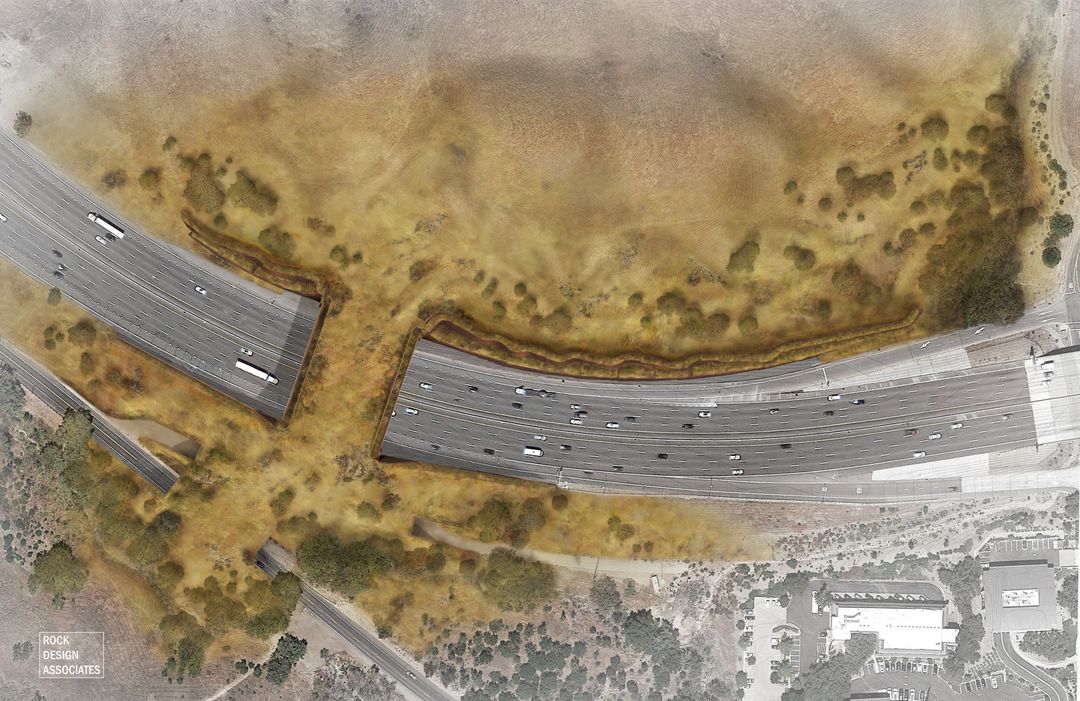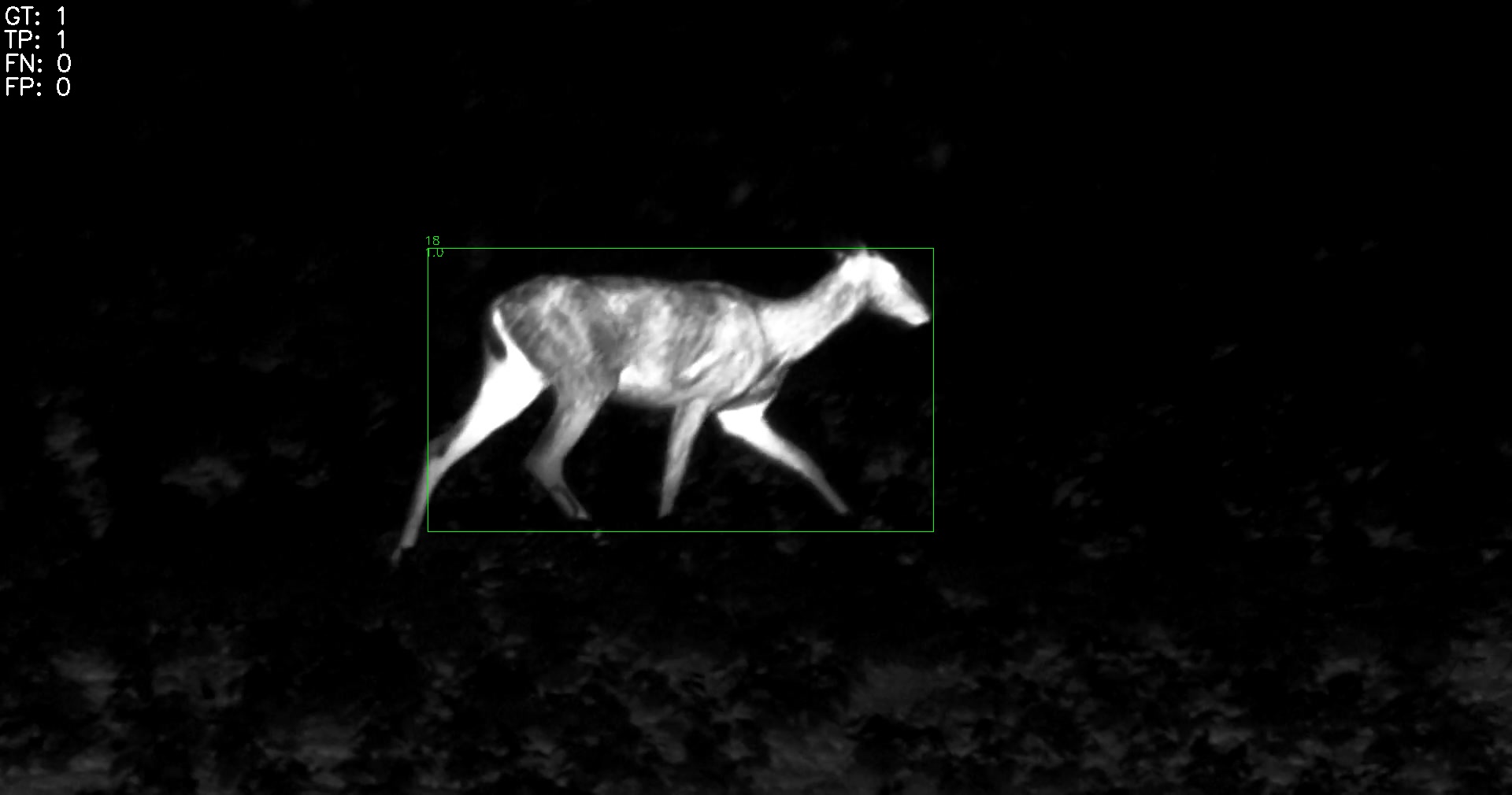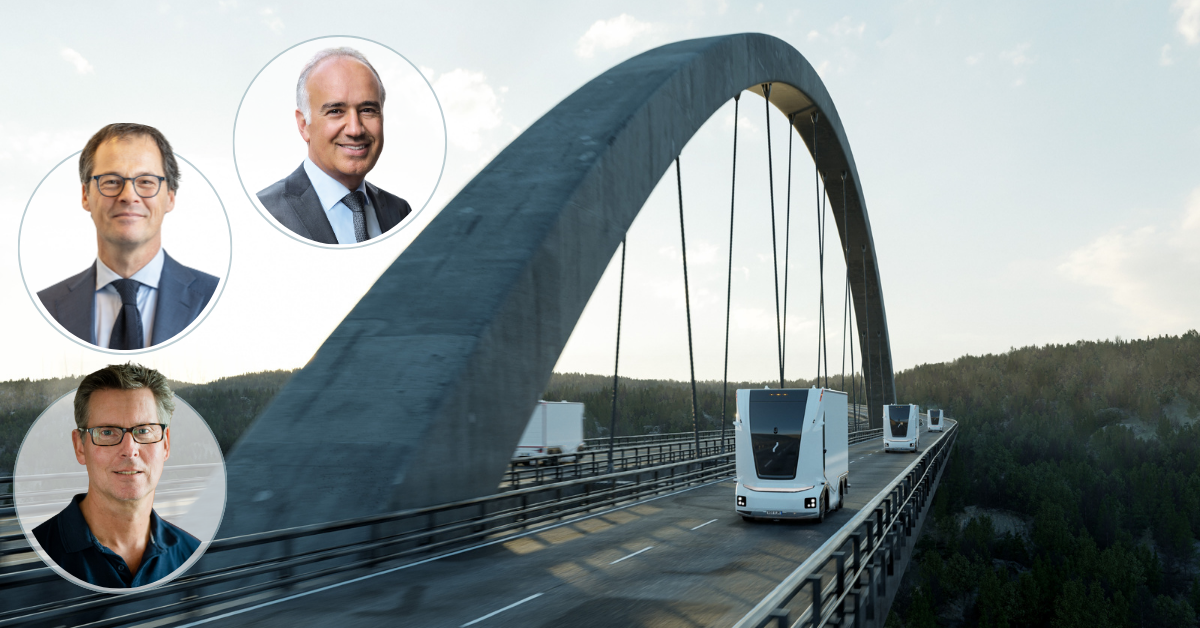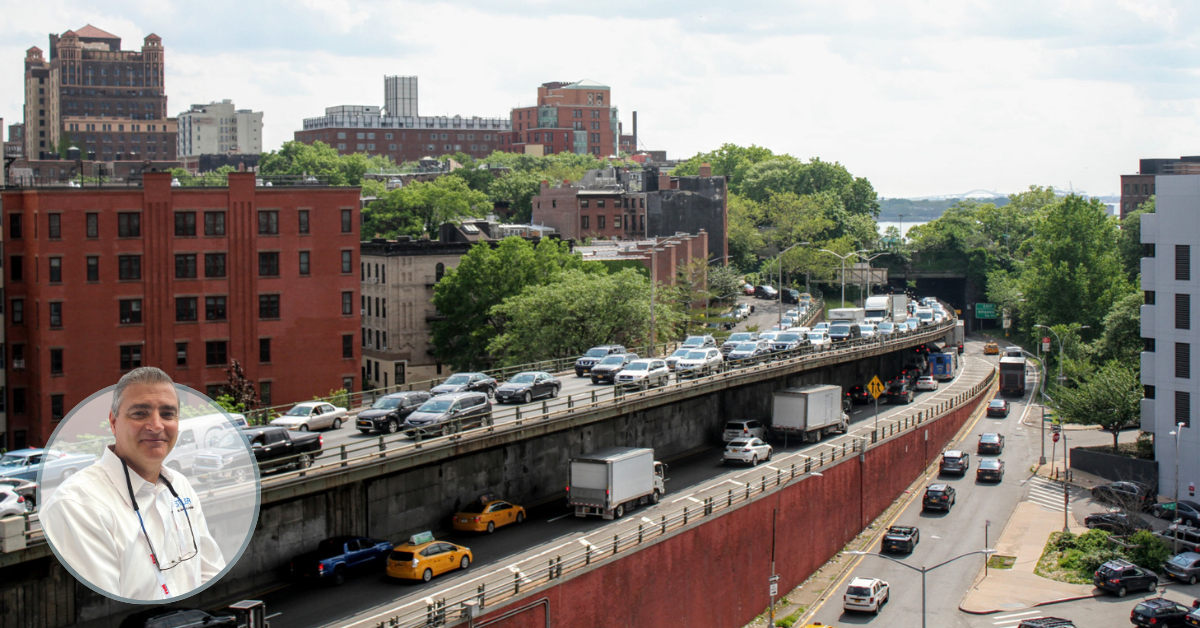Wildlife on roads creates a significant hazard in rural areas, to humans and animals alike. Low-tech prevention methods such as overpasses give great results, but they are expensive and can’t cover every scenario. Now AI video-recognition technology is being harnessed to deliver a new safety paradigm – what are the pros and cons?
Wildlife-vehicle collisions (WVCs) are a huge problem for rural roads all around the world. The Humane Society estimates that one million wild animals die per day from collisions with road vehicles. If a collision isn’t with a small animal but a larger one, technically ‘megafauna’, the risk to human life becomes significant.
In the USA alone WVCs account for around 200 deaths and 26,000 injuries annually. 1.8 million collisions involving an animal occurred in 2023. Moreover, 12 federally endangered animal species are at major risk from roadways.
The State of Colorado benefits from a US$110 million fund for measures to reduce WVCs, which has been recently added to by the Biden/Harris Infrastructure Investment and Jobs Act’s (IIJA), which set aside $350 million towards Wildlife Crossings Programs nationwide.
The funds are used for fencing, underpasses, overpasses, and wildlife detection systems (WDS), to warn drivers. With legal precedents such as Booth vs Arizona establishing that a state can be sued for failure to prevent WVCs, it is money wisely spent.
Low-tech solutions
In Colorado, a 10-mile stretch of Highway 9 deep in the Rocky Mountains is notorious for black ice, lack of hard shoulder, 65mph speed limits, heavy winter snow, hairpin turns and large deer herds.
“High speeds and deer darting across roads caused a lot of accidents,” says Michelle Cowardin, wildlife movement coordinator at Colorado Parks and Wildlife.
This led to a perfect storm of WVCs, with up to 50 such accidents reported each winter and 63 carcasses.
“It's a sagebrush system – when snow falls in the higher elevations all the megafauna, like deer and elk, get pushed down. So, the more extreme the winter, the more push they get into this valley,” says Cowardin.
Colorado Department of Transportation (CDOT) was granted $50 million from IIJA, $15 million earmarked for wildlife features including two overpasses, two underpasses, 61 animal escape ramps, 29 guards, and 10.3 miles of 8ft high fence.

The fence prevents wildlife access to the road and its dangers, funnelling animals towards the passes, while the ramps allow escape if they get around the edge of the fenced area.
“Any place that you have a driveway or road intersecting the project area we put in wildlife guards, similar to a cattle grid,” says Cowardin.
“Every species in the landscape was utilising these structures, so the success of this project solidified the argument for wildlife crossings as a whole” Michelle Cowardin.
In a study by Eco Resolutions the crossings reduced WVCs by 92%, down to approximately two per winter, and no fatalities.
“There were 17 species present, from elk to bear to mountain lion, river otters, bighorn sheep, pronghorn, every species in the landscape was utilising these structures, so the success of this project solidified the argument for wildlife crossings as a whole,” says Cowardin.
Wildlife detection systems (WDS)
Despite the obvious success of infrastructure-based low-tech methods for diverting wild animals from busy highways, there are scenarios which either reduce their effectiveness, or rule them out completely.
“Now elk I call my problem child,” says Dr Patricia Cramer, an independent researcher undertaking wildlife detection system (WDS) evaluation. “They’re very particular, notorious for not going through underpasses. So, elk do better with the WDS.”
Wildlife detection systems (WDS) work like a crosswalk for megafauna, with cameras or sensors looking for the presence of target species in an area either side of a road. which then send a signal to light up warning signs for approaching drivers.
I'm astounded to see videos when the animals are on the road with lights flashing, and how long it takes people to slow down and put their brakes on, or swerve” Dr Patricia Cramer.
The detection system can be any combination of RGB (visible light), active infrared, break-the-beam, radar and thermal, and can rely on either basic algorithms or full AI computer-vision to distinguish between wildlife and other features such as people, vehicles and foliage.
Some of Dr Cramer’s research is currently focused on a new deployment of WDS for CDOT on Highway 13. She began evaluating the project in May 2023 and she will keep reporting observations into 2025.
The WDS system comprises a pole on either side with point-tilt-zoom (PTZ) video cameras for monitoring, infrared cameras which scan over an area either side of the road, and radar which detects movement.
The detection system provides the data, and an algorithm determines whether the movement is a target species, and if so, triggers the driver-warning system of flashing lights and signs on the roadside.
Fencing and electrified mats along the roadside funnel the animals into the crosswalk area. The mats, however, were only found to be partially effective, with 13% of animals breaching them.
Although the system has helped to improve safety, Cramer has found some problems with the WDS on Highway 13 – particularly in creating false negatives or positives as well as delays in detection and activation of the warning lights.
Driver habituation
While the rate of false negatives in Colorado is low, false positives are sometimes over 50%. This is a problem as it is eroding public trust in the system – drivers consciously choose not to alter their driving behaviour when they see a warning because they perceive the system to be inaccurate.
“We’re very concerned about it. I'm astounded to see videos when the animals are on the road with lights flashing, and how long it takes people to slow down and put their brakes on, or swerve,” says Dr Cramer.
CDOT are working on improving the accuracy and there is hope in that, in Preacher Canyon, Arizona, another similar WDS, shows a much better set of results. Here motorists have dropped their speed by an average of 16%, or 9mph, and showed signs of increased alertness through break application in 70% of cases, and overall WVCs are down 92%. This correlates directly with a higher level of accuracy in the system.
"The system detected animals approaching the highway and activated the motorist alert signs 97% of the time, including the initial period where the bugs were being worked out. We are seeing very few false positives," says Norris Dodd a research biologist at the Arizona Game and Fish Department.
To explain the difference between the two sites there is some indication that radar blind spots on Highway 13 are occurring. Another issue might be the landscape. “In the first two weeks in June the grass grows very tall, and when the wind blows it, it can trigger the cameras,” says Dr Cramer. “When the vegetation gets big and moving it can confuse the radar.”
AI solutions
With the vast leaps in AI computer vision over the last few years, work has begun in applying this technology to WDS, with the aim of bringing down false positives and negatives, and ultimately saving the lives of humans and animals.
Natalia Simanovsky is a former UN Consultant and head of partnerships at CVEDIA, which develops computer vision for WDS. “AI is not a panacea,” she says. “AI provides an incremental value increase on an already existing product. Now, apply that incremental value to saving the life of a family inside a car. That is not incremental, that’s huge.”
Not all detection systems are created equal, because wildlife-vehicle collisions tend to happen under conditions of poor visibility for the driver, but each type of image comes with its own complications.
Of the 1.3 million WVCs annually in the USA, the majority of these accidents occur at night. So, you have a few challenges there, says Natalia Simanovsky.
She stresses that thermal imaging has the potential for high efficacy, but that it may pose greater challenges. “Thermal is the underdog. The main argument against it, is that it’s incredibly difficult to capture enough training data,” says Simanovsky.
Images of wildlife need to be captured from every angle, with every sort of ambient temperature, with every kind vegetation. While capturing this rich variety of data in real life can be a challenge, here again AI may be useful in helping to fill in the gaps.

“At CVEDIA we have pioneered the use of synthetic data – artificially generated images created using generative AI rather than real life captured data,” says Simanovsky.
Similarly, tech giant NVIDIA has recently been developing platforms like Omniverse and Replicator – digital twin simulation environments that generate copious amounts of synthetic data. Such systems are able to, for example, guess what an elk will look like in a hailstorm, or a deer during a lunar eclipse.
“Platform simulation engines have been huge, both from a technology standpoint, but also from a cost-savings standpoint,” says Simanovsky.
With WDS often reliant on public funding, the prospect of making them more effective under a wider range of conditions while also reducing costs, demands serious consideration.
“The whole premise is making a dumb camera smart. It's adding a tremendous amount of value to an already existing system without having to rip out and replace that system,” says Simanovsky.
High-tech vs low-tech
What are the factors that affect the choice of either infrastructure or sensor-based wildlife crossings? Sometimes the terrain is just unsuitable for building passes, such as when steep slopes abound on either side, traversable for animals, but nowhere where it would make sense to build.
Passes can also be expensive to build, like California’s Annenberg Wildlife Crossing at $92 million. When completed, it will be 50m flank to flank, making it joint largest in the world and the first bridge in the California highway system specifically designed for wildlife.
Furthermore, third parties can make physical crossing infrastructure problematic – without land use protections, there’s no guarantee that structures won’t be built in the zone leading up to the crossing, rendering them ineffective.
“In a recent case a private landowner was not cooperative and could not promise that he would not interfere with the wildlife crossing structures. This limited the options for CDOT, so they chose WDS instead as a kind of experiment.” says Dr Patricia Cramer.
By comparison, even a modest WDS can be many hundreds of metres wide at a fraction of the cost, and this ties into concerns abound about large migratory herds not making it through the tight spaces of passes.
Ultimately the pros and cons of each system must be weighed on a case-by-case basis, WDS is less expensive and easier to deploy but its effectiveness relies on the success of altering driver behaviour, with wildlife exposed to oncoming traffic.
This article is a preview of the forthcoming Intertraffic World 2025





